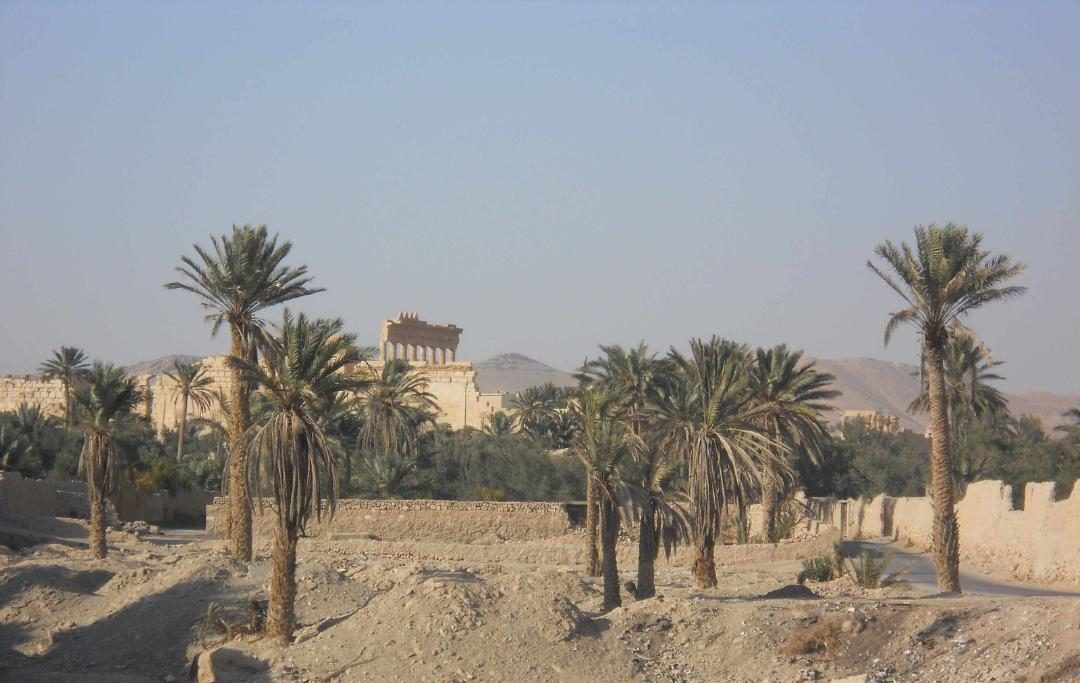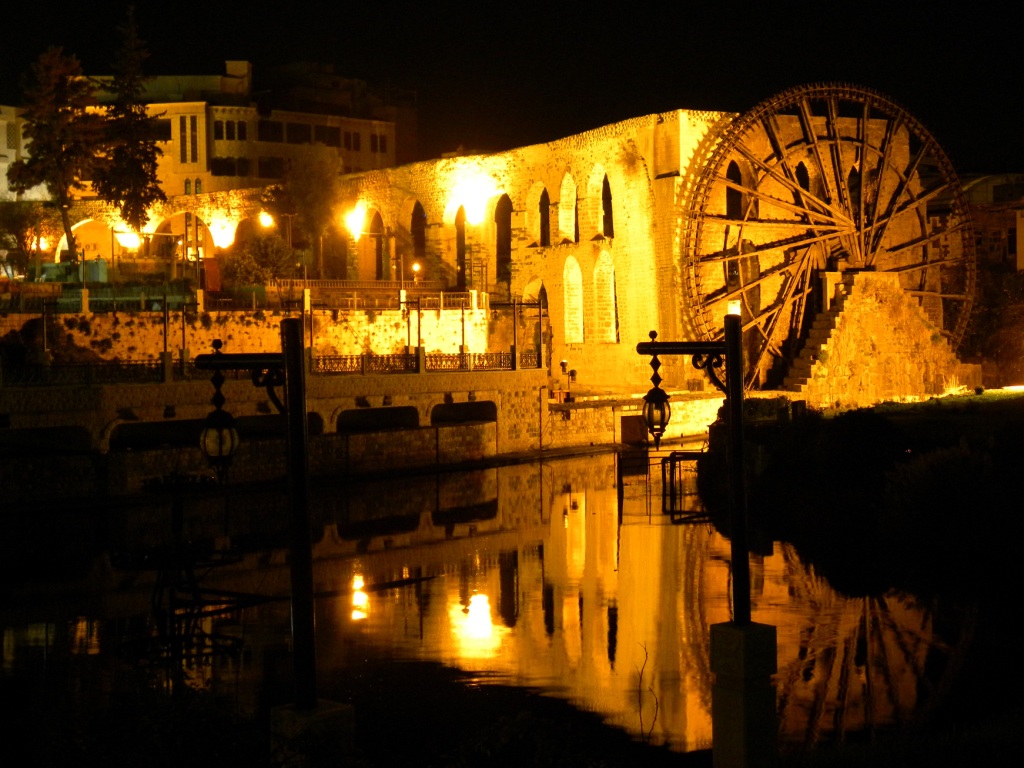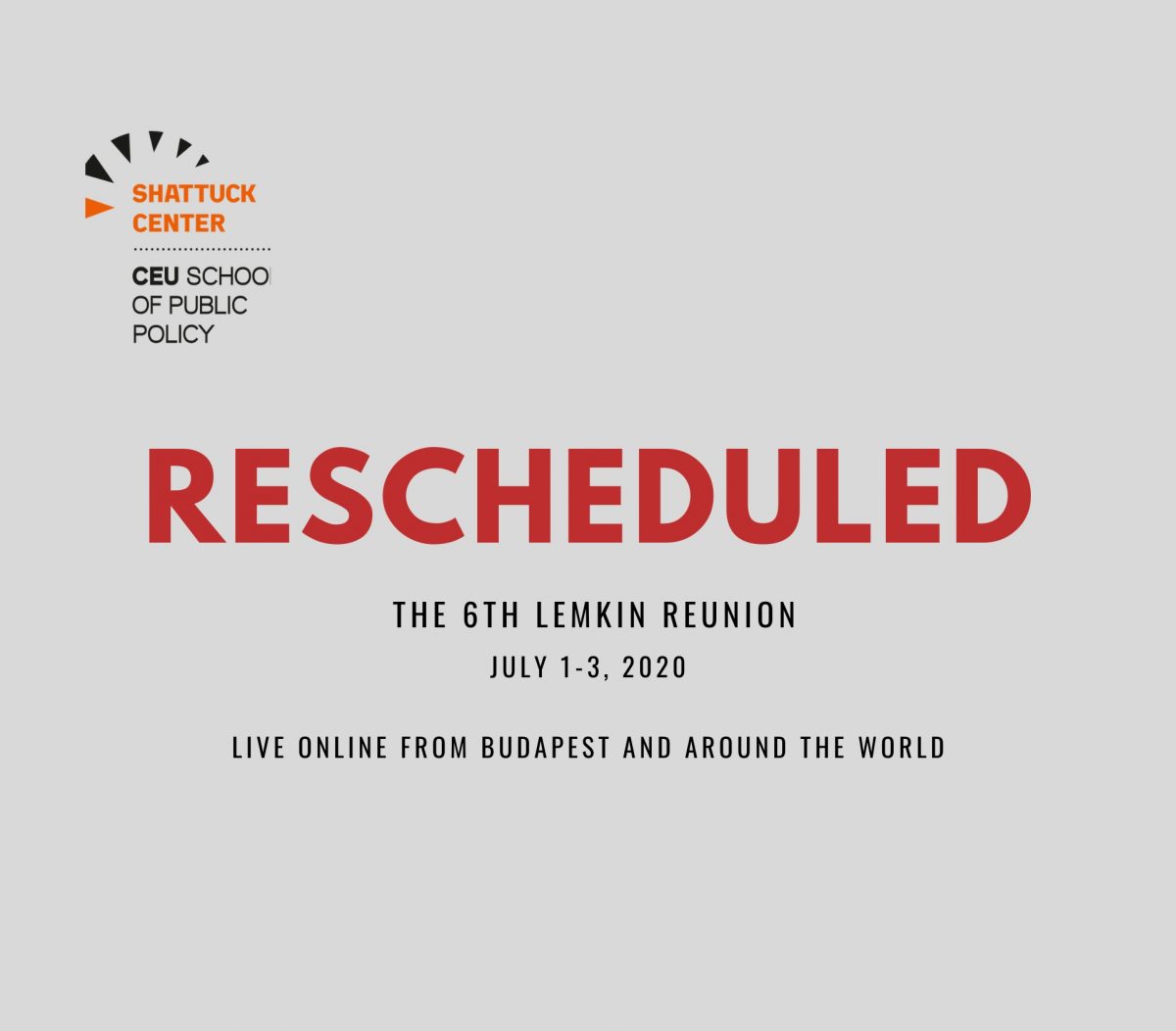When ISIS captured Palmyra for the first time in May 2015, the people of Palmyra, or “al-Tadamera”, were affected by the destruction wrought upon the archaeological site as much as they were by the loss of their families, friends and homes. This should not come as a surprise as the connection between the people of modern Palmyra (Tadmor) and the archaeological site is a deep-rooted one. The ruins of Palmyra were a home and shelter for the local people of Palmyra until a century ago when the French Mandate authorities decided to obliterate their village inside the temple of Bel and move the inhabitants, including our own grandfathers, to the current modern city called Tadmor in Arabic. The archaeological site of Tadmor is often talked about by the international media without relating it to its people or its oasis. The archaeological site on its own is just one element of a trilogy that made Palmyra such a unique place. The oasis and al-Tadamera are essential parts of this trilogy too.
read moreMay 2020
All posts from May 2020
It Has Been a Decade Since I Celebrated Eid in my Syrian Hometown of Hama
by Adnan Samman on May 25, 2020The following piece is taken from The Aleppo Project’s Adnan Samman’s op-ed for The National about the last time he saw his hometown, Hama, during one last visit to Syria ten years ago.
Every year, Eid brings a melancholic set of memories. I remember the family gatherings back home in Syria, the great food, new clothes, gifts and toys. As years passed by, I never got used to being indefinitely exiled. Each year brings its own new set of memories. Life goes on. This year, however, I have found myself marking a milestone that I never wanted to reach in the first place. It is now a decade since I left Syria. It was the first morning after Eid in 2010 that I closed the door to my room for the last time and left my home.
read moreRescheduled: The 6th Lemkin Reunion
by The Aleppo Project on May 7, 2020Values in Retreat? Is the Resurgence of “Transactional” Foreign Policy Hindering the Prevention of Mass Atrocities, the Promotion of the Rule of Law, and the Global Response to COVID-19?
The Lemkin Reunion, 6th Annual Meeting
Shattuck Center, School for Public Policy, Central European University Budapest
July 1-3, 2020
Many expected that the 1989 fall of the Berlin Wall and the collapse of Communism would lead to the proliferation of liberal democracy and usher in an age of global cooperation on the prevention of atrocities and strengthening rule of law. Thirty years on, however, that idealistic hope has all but vanished amidst a resurgence of realpolitik embodied in the so-called “transactional” approach to foreign policy. Under transactionalism, nations prefer to pursue bilateral relationships based purely upon power and narrowly defined national interests. This approach, however, complicates consensus building through diplomacy around shared values and common interests that strengthen the international system. A disturbing consequence of a system focused on transactional relationships is how it struggles to hold nations accountable in any meaningful way for aggression, atrocities, and eroding the rule of law.
read more The Aleppo Project
The Aleppo Project

